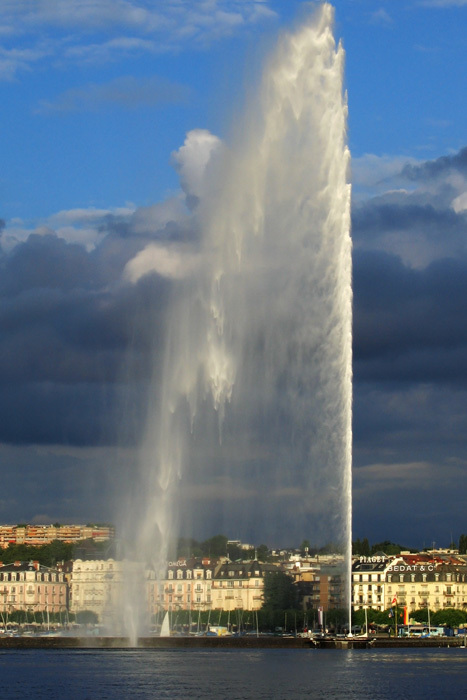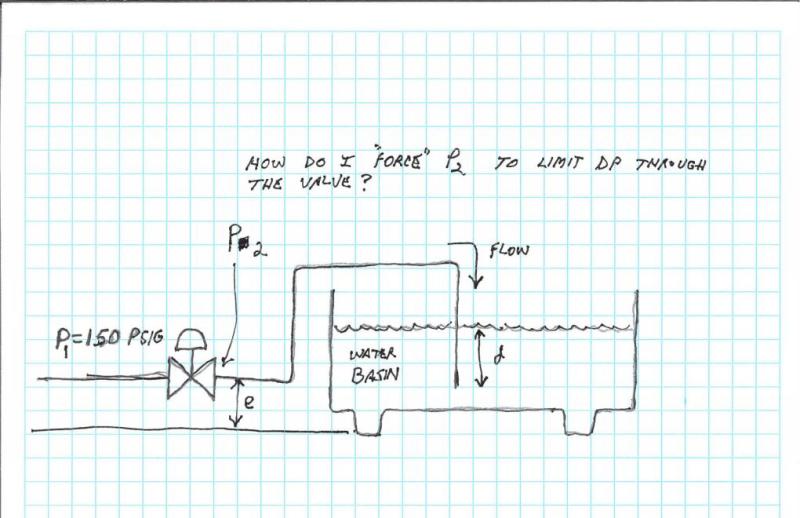skuntz
Chemical
- Mar 16, 2008
- 69
We are flowing water into a basin that is 150 psig upstream. The outlet is above the basin. The design now is to use a restriction orifice to create enough backpressure to prevent flashing & cavitation. The new idea is to submerge the outlet deep enough into the basin such that the pressure at the outlet provides sufficient backpressure (so there is no need for the orifice). Intuitively this seem to make sense and it's simple, but is there something I am not considering here? Will this strategy work?
Thanks
Thanks


